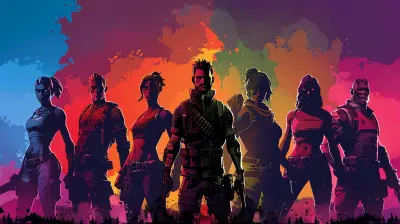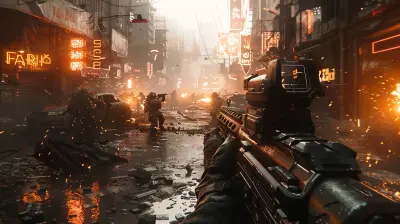Visual Storytelling: When Graphics Tell a Game's Narrative
4 June 2025
Have you ever played a game that left you speechless, not because of its plot twists or epic battles, but because of the story its visuals told? That’s the magic of visual storytelling. It’s when graphics step up and carry the weight of a game’s narrative, immersing you in a world without needing endless dialogue or text screens. Trust me, it’s the secret sauce behind some of the most memorable gaming experiences.
So, what makes this approach so special? Why do some developers rely on stunning visuals to weave their tales? Let’s dive in and unravel how this art form works its magic in gaming.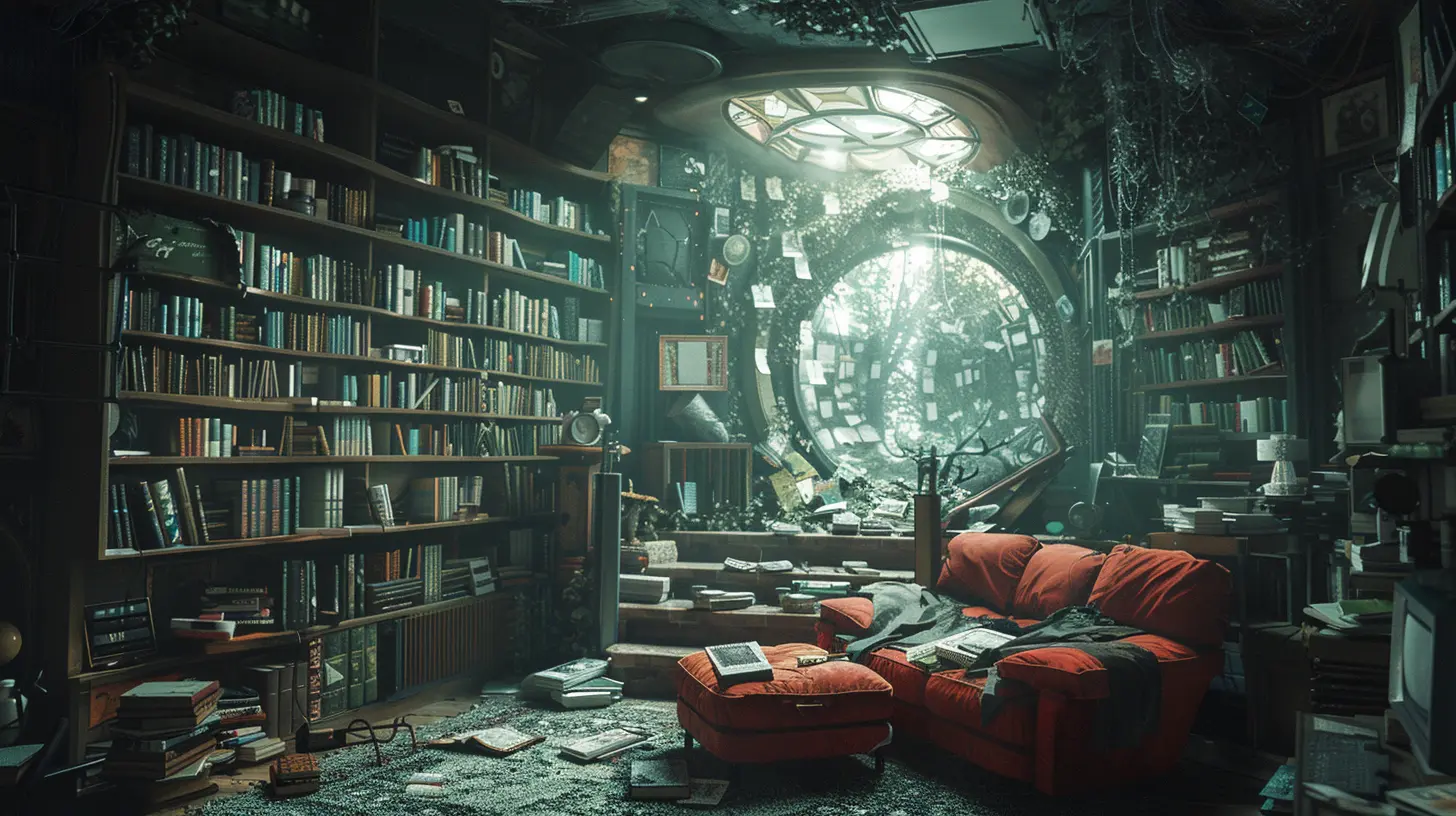
What Is Visual Storytelling in Games?
At its core, visual storytelling is all about showing, not telling. Instead of hammering you with lines of dialogue or walls of text, a game communicates its story using environmental clues, character expressions, lighting, and even color palettes. It’s like reading between the lines, except there are no lines—just breathtaking visuals.Think about it: how many times has a hauntingly abandoned town or a character’s subtle facial expression told you everything you needed to know? That’s visual storytelling at work. It’s immersive, emotional, and, honestly, way more engaging than just sitting through a cutscene monologue.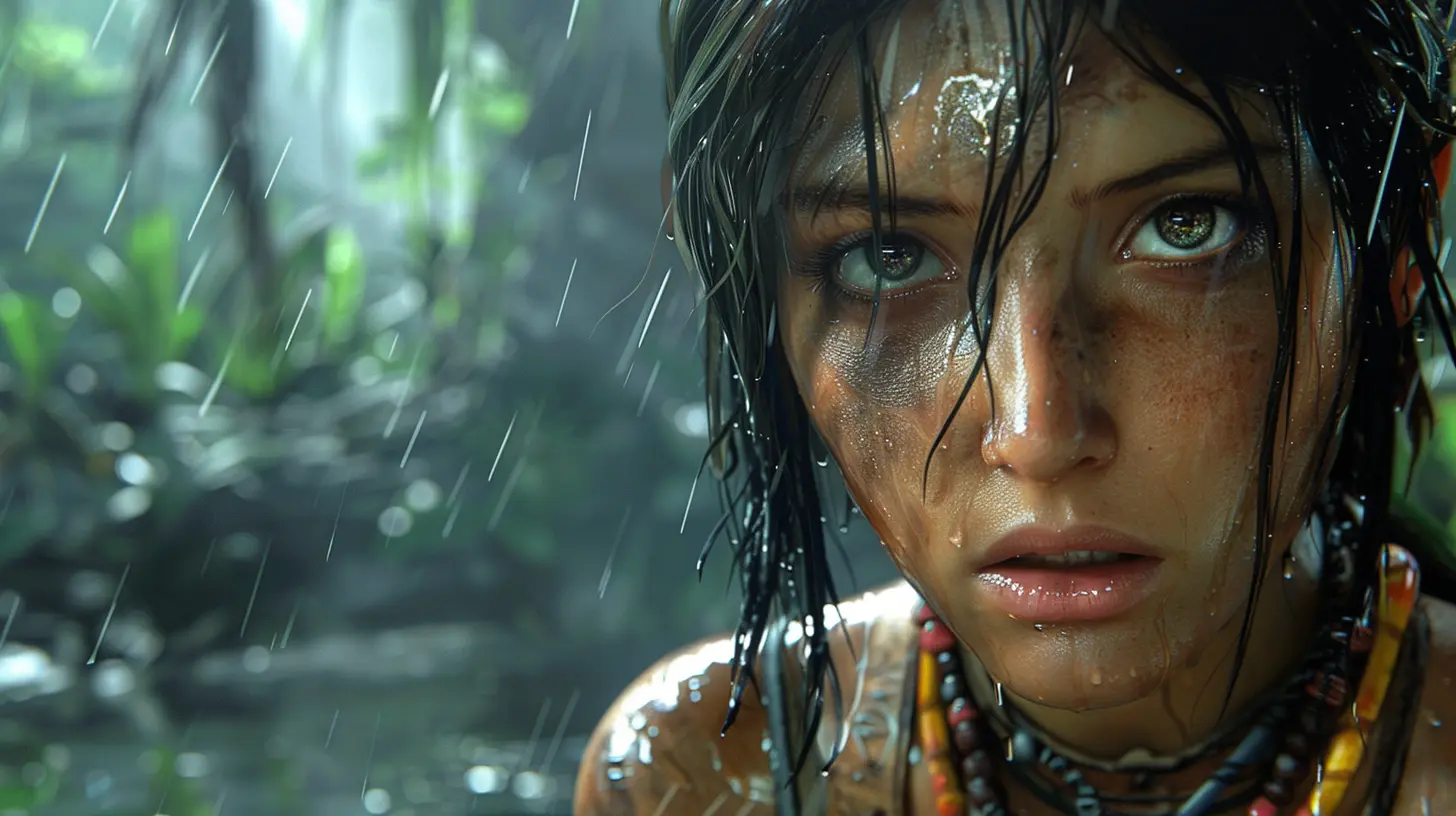
Why Visual Storytelling Matters in Gaming
1. Immersion Is Key
Let’s be real. Nobody wants to feel like they’re simply controlling a puppet in a game. The beauty of visual storytelling lies in how it pulls you into the world. Imagine walking through a rain-soaked alley, the flicker of a neon sign reflecting despair all around you. Without a word being said, you feel the mood. You’re not just playing; you’re living the narrative.Games like Inside or Journey are prime examples of this. They strip away traditional storytelling tools and let the environment do the heavy lifting. And guess what? It works. You feel connected, like you’re part of something bigger.
2. Accessible Across Cultures
Here’s the thing about visuals—they’re universal. A cleverly designed scene can evoke emotions and tell a story, no matter what language you speak. This makes visual storytelling especially powerful in gaming, where players come from all around the globe. A sad, drooping flower or a colorless battlefield? That’s powerful imagery that doesn’t need subtitles.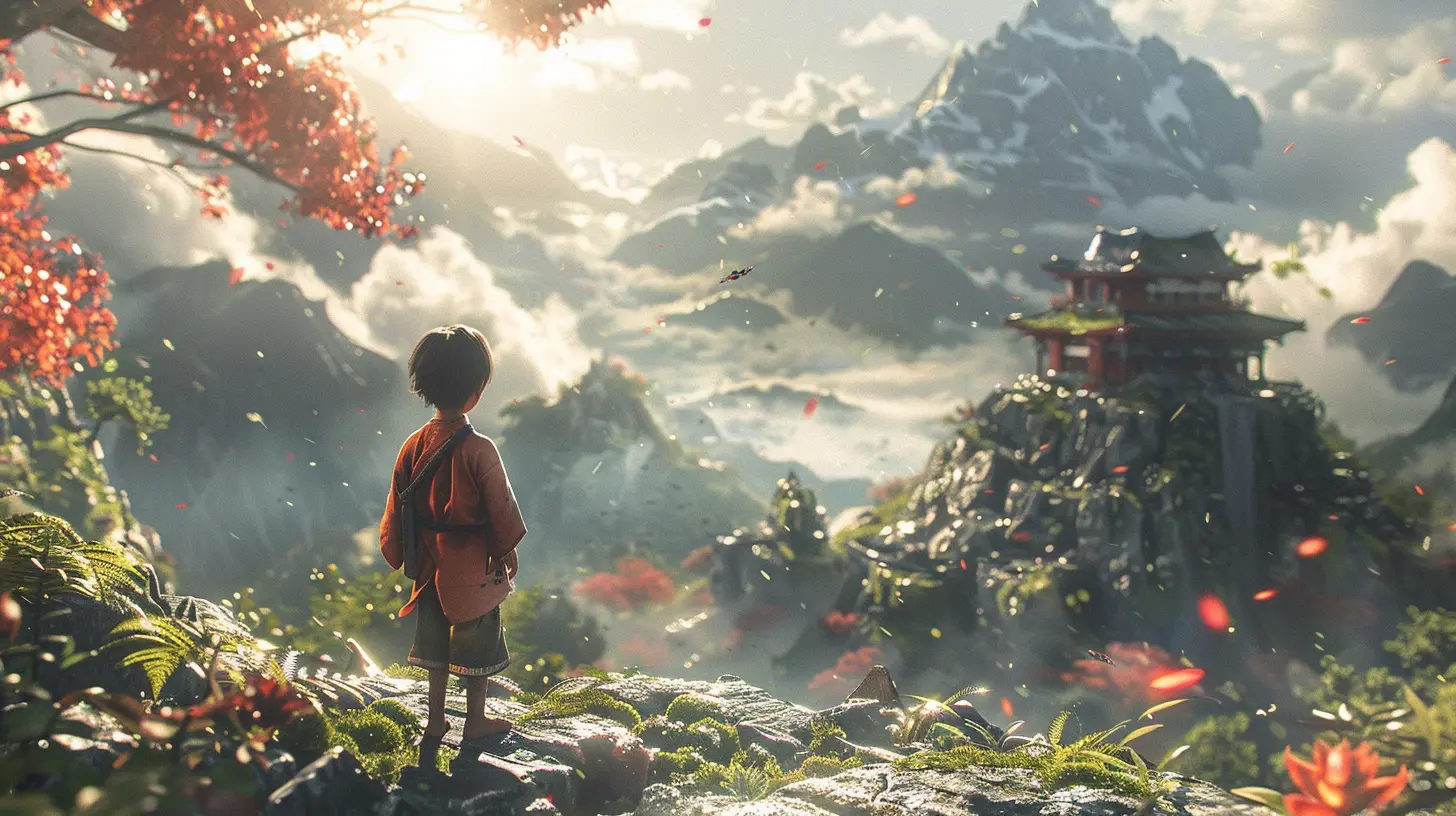
How Games Use Visual Storytelling
Okay, so how do developers actually pull this off? You’d be surprised at how many tools they have in their arsenal. Let’s break it down:1. Environmental Design
Ever noticed how a room can tell you everything about a character’s life without them saying a word? A cluttered desk, broken windows, or dust-covered shelves—they all paint a picture. Games like The Last of Us nail this aspect. Walking through abandoned homes, you piece together the lives of their former occupants. It’s deeply emotional and incredibly effective.2. Facial Expressions and Body Language
Actions speak louder than words, right? That’s especially true in gaming. Characters’ facial expressions, subtle smirks, or even slumped shoulders tell you what they’re thinking or feeling—no dialogue needed. Think of Ellie in The Last of Us Part II. Her face alone can tell you more than an entire script.3. Lighting and Color Palettes
Ever noticed how bright, warm lighting makes you feel safe while dark, shadowy tones send chills down your spine? Developers know this, and they use it to manipulate your emotions. Hollow Knight, for example, uses a moody, monochromatic palette to make you feel the loneliness of its desolate world.4. Symbolism and Metaphors
Games often pack their visuals with symbols and metaphors to convey deeper meanings. In Shadow of the Colossus, the faded, crumbling ruins aren’t just a backdrop—they’re a representation of the consequences of your actions. It’s subtle but incredibly effective.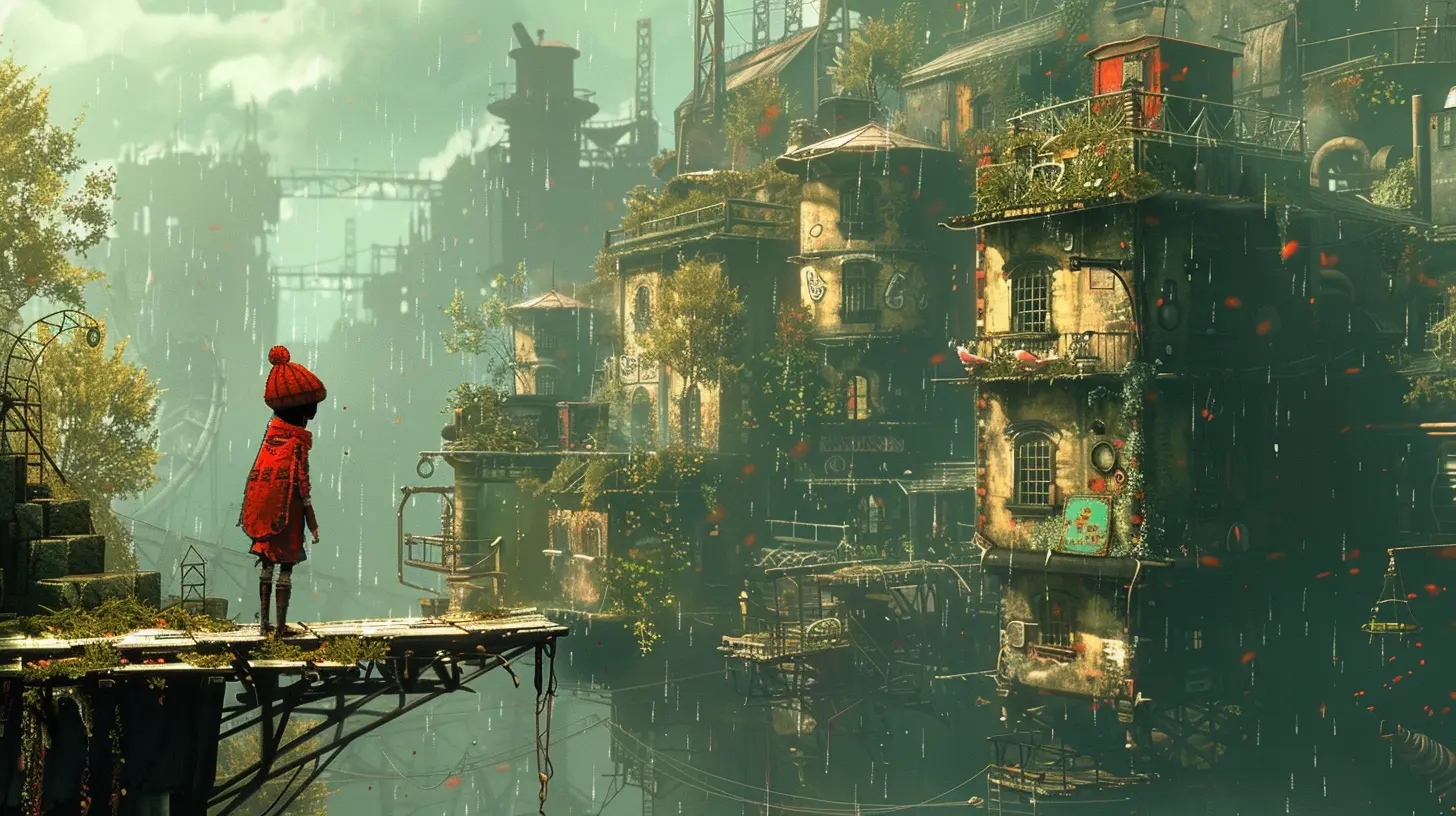
The Best Examples of Visual Storytelling in Gaming
Let’s talk specifics. Some games redefine what’s possible with visual storytelling. Here are a few shining examples:1. Journey
If there’s ever been a masterclass in visual storytelling, it’s Journey. Without a single word of dialogue, this game delivers an emotional rollercoaster. From the shifting sands to the awe-inspiring mountain in the distance, every frame is dripping with meaning.2. Limbo
Limbo is minimalist, but boy, does it pack a punch. The black-and-white aesthetic, eerie silhouettes, and cleverly-designed challenges tell a story of danger, loss, and survival—all without saying a word. You feel the tension in your bones.3. What Remains of Edith Finch
This interactive narrative game uses environmental storytelling to the max. Each room in the Finch household is a snapshot of a family member’s life, their hopes, fears, and, ultimately, their fate. It’s like walking through a living, breathing storybook.4. Red Dead Redemption 2
Admit it, you’ve spent hours just roaming the world of Red Dead Redemption 2. From the way sunlight breaks through the trees to Arthur’s subtle gestures as his journey progresses, every detail serves the story. It’s not just a game—it’s an experience.Why Visual Storytelling Is the Future
When you think about it, visual storytelling isn’t just a style—it’s a necessity in modern gaming. With attention spans getting shorter and players craving deeper immersion, developers are leaning into visuals like never before. And honestly? It’s about time.Voice acting and text-based storytelling will always have their place, but visuals cut straight to the heart. They don’t just tell the story—they feel like the story. Whether it’s the eerie landscapes of Dark Souls or the cozy villages of Stardew Valley, visuals bridge the gap between you and the game’s world.
How to Spot Great Visual Storytelling
Want to truly appreciate good visual storytelling? Start paying attention to the little details. Look at how a scene is framed, how characters interact with their surroundings, or how colors shift during emotional moments. Games are brimming with subtle hints that enrich the narrative—you just have to notice them.Wrapping It Up
At the end of the day, visual storytelling is what turns a good game into an unforgettable one. It goes beyond traditional narratives, drawing you in with its artistry and attention to detail. Whether it’s the haunting beauty of a post-apocalyptic city or the carefree joy of a sunny meadow, these visuals say what words sometimes can’t.So next time you’re playing a game, take a moment to soak it all in. The story isn’t just in the dialogue or the cutscenes—it’s in every frame, every shadow, and every pixel. And that, my friend, is what makes gaming such an incredible medium.
all images in this post were generated using AI tools
Category:
Video Game GraphicsAuthor:

Brianna Reyes
Discussion
rate this article
3 comments
Eliana Hensley
Great insights! Visual storytelling truly enriches gaming, allowing players to connect deeply with the narrative through stunning graphics. Keep exploring!
June 22, 2025 at 5:01 PM

Brianna Reyes
Thank you! I appreciate your feedback and agree—visual storytelling is key to enhancing player connection and immersion in gaming narratives.
Kendall McGowan
Great piece! Visual storytelling enhances immersion, allowing players to connect deeply with the narrative. It's fascinating how graphics can evoke emotions and convey complex themes without relying heavily on dialogue. A vital aspect of modern game design!
June 4, 2025 at 3:40 PM

Brianna Reyes
Thank you for your insightful comment! I completely agree—visual storytelling truly enriches the player's experience and deepens emotional engagement with the narrative.
Jinx Martinez
Graphics elevate storytelling, transforming gameplay into unforgettable immersive experiences!
June 4, 2025 at 3:10 AM

Brianna Reyes
Absolutely! Graphics play a crucial role in enhancing narrative depth, making gameplay resonate on a deeper emotional level.

